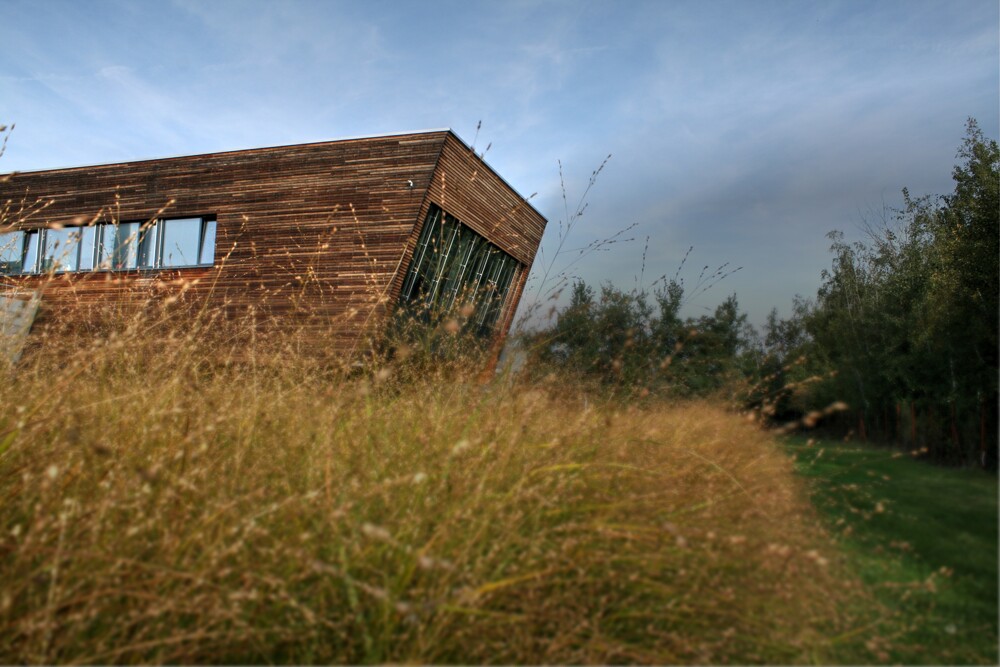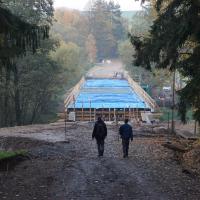

The recent tragedy in the northern Italian city of Genoa, caused by the collapse of a highway bridge, raised a wave of questions about the safety of Czech bridges. Thus, their regular inspections and monitoring of the supporting structure at regular intervals and their timely repairs become more important. This issue is also being dealt with by experts from the Fiber Optics Laboratory at CTU UCEEB, who are currently testing sensors for measuring mechanical stress directly built into the structure of the bridge over the Moravian Dyja.
Bridges are considered to be the most important and most complex structures within the road transport network, which has been constantly undergoing further development since its inception, mainly reflecting the increasing intensity of traffic. Bridge structures are completely exposed to environmental influences, which is why it is important to know their current technical condition. Regular monitoring of the actual mechanical stress of the supporting structure contributes to this.
According to the Directorate of Roads and Highways of the Czech Republic, there are currently around 270 road bridges in poor condition on first-class roads, six of which are even in a state of emergency. These structures are either awaiting reconstruction, are being reconstructed or will be demolished and replaced by new bridges. The construction on which the measurements are being carried out by the Czech Technical University UCEEB in cooperation with Safibra, s.r.o. is a replacement for the original stone bridge over the Moravská Dyja on the second-class road in front of the village of Staré Hobzí in the South Bohemian Region.
Monitoring of the bridge structure takes place using fiber-optic FBG sensors, which are integrated directly into the load-bearing reinforced concrete elements of the bridge. Thanks to this, it was possible to monitor the structure's behavior already during construction (concrete curing, prestressing of the supporting structure). After the completion of the construction and commissioning of the bridge, experts from Laboratoře vláknové optiky in addition to the mechanical stress of critical cross-sections, they monitor, for example, the intensity of traffic or the deformation of the structure caused by temperature changes.
The tested technology can ensure long-term continuous measurement of the bridge structure and, thanks to its resistance to electromagnetic phenomena, it can also be used in dangerous environments. The placement of sensors in a new bridge structure already during its construction can in the future contribute to a simpler assessment of its technical condition, to the detection of possible structural defects or to the diagnosis of the degree of degradation of individual elements. At the same time, the system makes it possible to monitor the degree of loading during the bridge's lifetime and, in the event of a high increase in traffic intensity, it can warn of possible overloading.